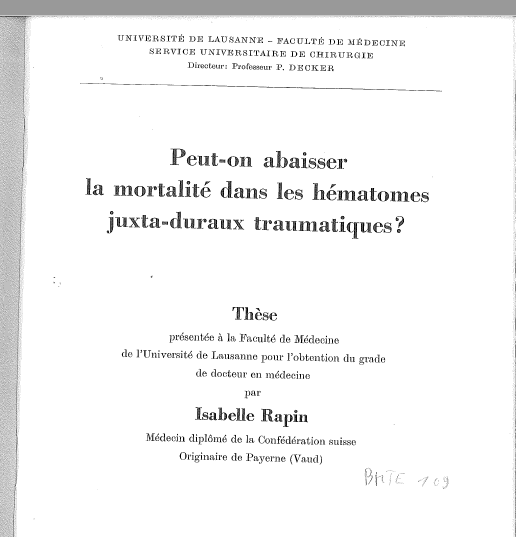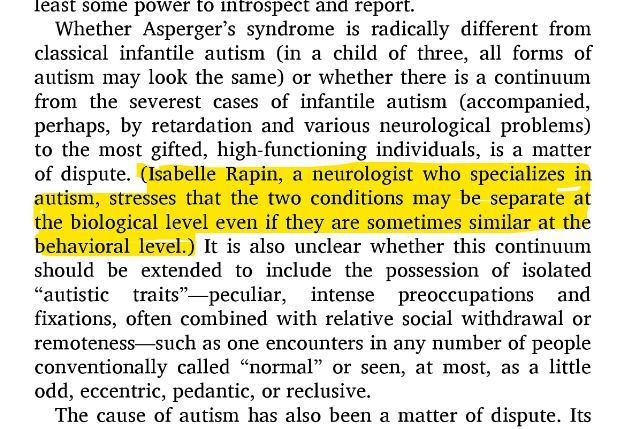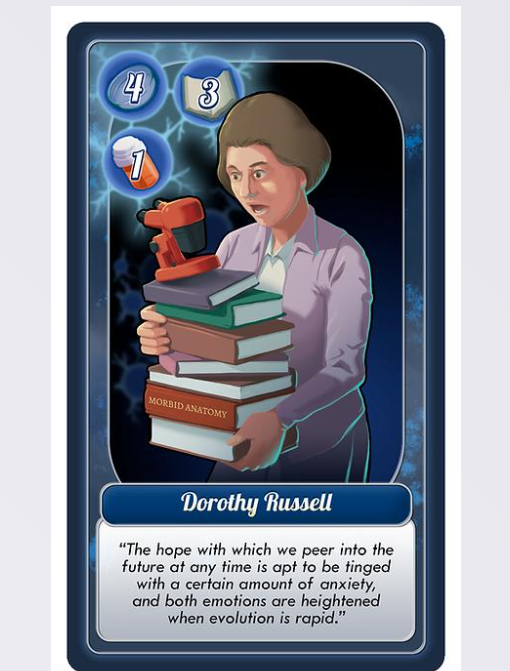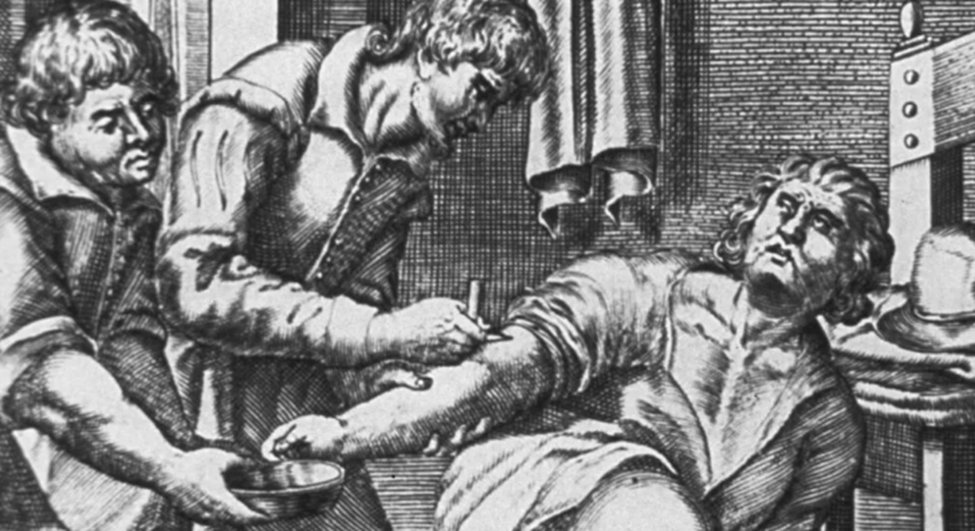
Meet the Luminaries from EndowedChairs.com, a card game created with
@zach_london
#NeuroTwitter #gamedev #histmed
@somedocs
****************************************
Luminary #5: Isabelle Rapin (1927-2017)
1/🪑
@zach_london
#NeuroTwitter #gamedev #histmed
@somedocs
****************************************
Luminary #5: Isabelle Rapin (1927-2017)
1/🪑

Isabelle Rapin is the perfect Luminary to discuss today, because she was born December 4🎂and was a founding member of the @ChildNeuroSoc in 1973 in #Nashville (where everyone is going for #AES2022).
Peds neurologists know why she has a pinwheel on her card - do you? 2/🪑
Peds neurologists know why she has a pinwheel on her card - do you? 2/🪑

Born in Lausanne, Switzerland - where Augusta Déjerine-Klumpke studied - Rapin went to medical school locally. Like ADK, she worked at the Salpétrière - and like ADK, she wrote a brief autobiography (please write one, send to @JChildNeurol) journals.sagepub.com/doi/10.1177/08… 3/🪑 

Rapin wrote her M.D. thesis on reducing mortality from juxtadural hematomas.
(The librarians at the University of Lausanne are so nice, btw.) 4/🪑
(The librarians at the University of Lausanne are so nice, btw.) 4/🪑

Rapin needed a residency, and Bellevue Hospital offered her pediatrics.
Once there, she applied to @Columbia for neuro residency - with Sidney Carter, new chair and director of the 1st training program for peds neuro in the U.S. (he also has a @JChildNeurol autobio) 5/🪑
Once there, she applied to @Columbia for neuro residency - with Sidney Carter, new chair and director of the 1st training program for peds neuro in the U.S. (he also has a @JChildNeurol autobio) 5/🪑

(H. H. Merritt was chair @Columbia, and the Big Deal. Rapin writes that Robert Fishman "carried Merritt's bag," meaning that he saw the patients and presented to Merritt, who said the diagnosis, and everyone clapped. Fishman probably answered his MyChart messages too #goals) 6/🪑 

In 1959 she married Harold Oaklander, of whom she says: "without his unselfish and sustained encouragement and help, his willingness to share in all household and child-rearing jobs...I could never have flourished in child neurology as I did." 7/🪑 

In her autobio, Rapin also gives credit to her babysitter, Evelyn Barnes. Rapin and Oaklander had 4 children - one of whom, Anne Oaklander, would go on to become a successful neurologist herself. massgeneral.org/doctors/17253/… 8/🪑 

In the meantime, Rapin became interested in hearing impairment and language development in children. She joined the faculty at @EinsteinMed and received an NIH grant. As she studied language and communication, she became interested in the disorder of autism. 9/🪑 

She also published extensively on leukodystrophies and glycogen storage disorders - like Canavan Disease, named for another important woman in the history of neurology, Myrtelle Canavan (1879-1953). 10/🪑 

With Doris A. Allen, PhD, Rapin published many papers in the 1980s that changed the way we think of autistic spectrum disorder, and how we treat and educate children with ASD. 11/🪑 

Rapin wrote about her own work for a lay audience here.
"No one disagrees with or doubts the diagnosis [of autism] if the measure is very far from average, but there is a wide gray area at the edges of both normality and disease."
spectrumnews.org/opinion/viewpo… 12/🪑

"No one disagrees with or doubts the diagnosis [of autism] if the measure is very far from average, but there is a wide gray area at the edges of both normality and disease."
spectrumnews.org/opinion/viewpo… 12/🪑


She was also friends with Oliver Sacks (!), who wrote "Isabelle would never permit me, any more than she permitted herself, any loose, exaggerated, uncorroborated statements. 'Give me the evidence,' she always says."
This blurb is from An Anthropologist on Mars. 13/🪑
This blurb is from An Anthropologist on Mars. 13/🪑

All the best child neurologists like history, I hear. Rapin wrote a history of the neurology department @EinsteinMed, here (thank you for making my job easier, Dr. Rapin): einsteinmed.edu/departments/ne…
(She is in the middle, with a stylish patterned shirt.) 14/🪑
(She is in the middle, with a stylish patterned shirt.) 14/🪑

Rapin also wrote a history of the International Child Neurology Association, of which she was a founder - now led by another Luminary, Pratibha Singhi 15/🪑
tcender.org/wp-content/upl…
tcender.org/wp-content/upl…

And of course she was a founding member of @ChildNeuroSoc, served on the board, and won one of the first Hower Awards in 1987.
The child neurology department at @EinsteinMed is now named for her: montefiore.org/rapin 16/🪑
The child neurology department at @EinsteinMed is now named for her: montefiore.org/rapin 16/🪑

In her @nytimes obituary she was called the "doyenne of autism." Described by patients as "gentle, warm and empathetic," she used her skills to change the way we care for one of the most vulnerable populations.
Read more at EndowedChairs.com! 🪑/🪑
Read more at EndowedChairs.com! 🪑/🪑

• • •
Missing some Tweet in this thread? You can try to
force a refresh























